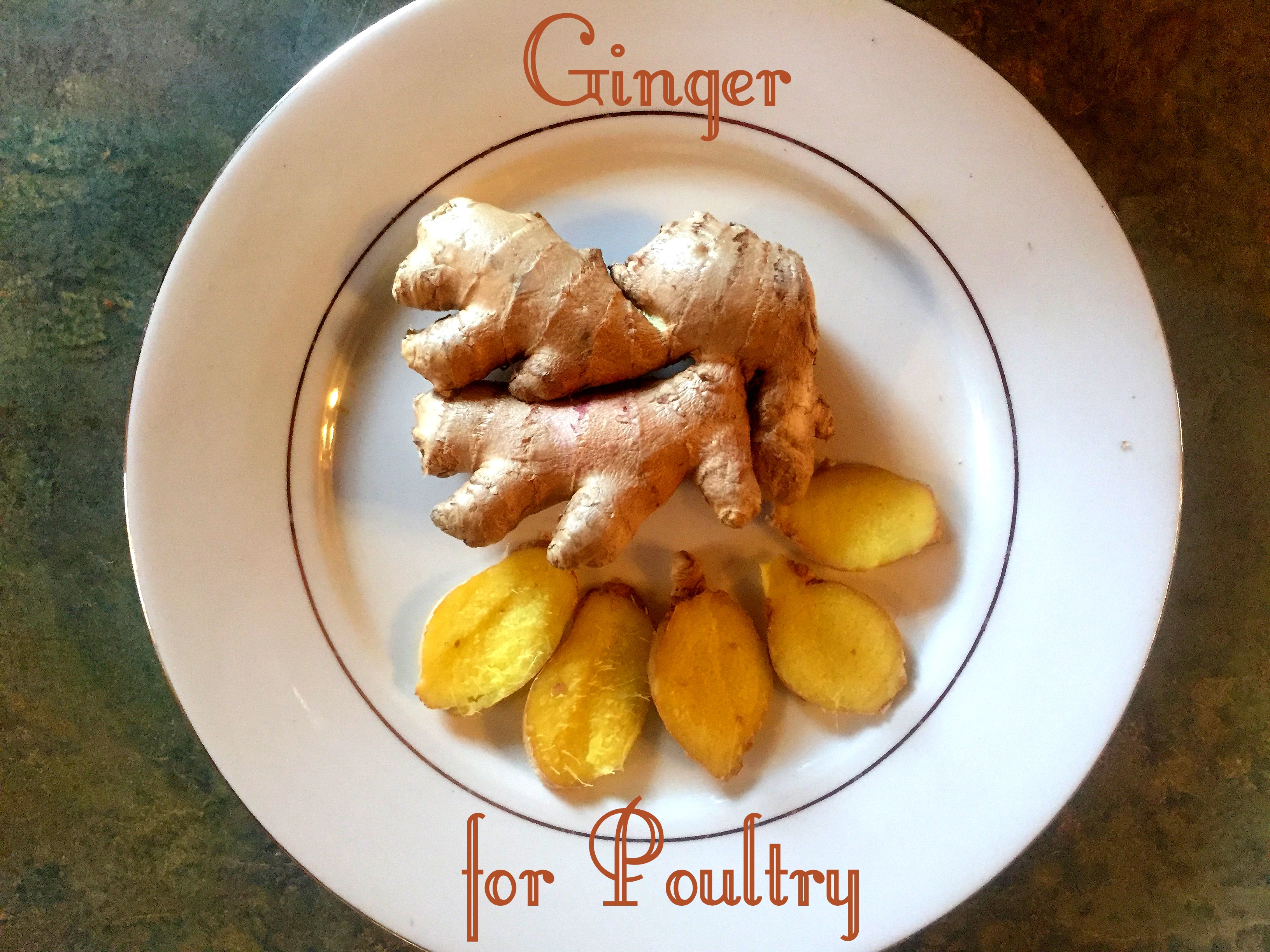
Properties: Anti-inflammatory, analgesic (anodyne), diaphoretic, circulatory and digestive stimulant, and antimicrobial.
Energetics: Hot/Warming and Drying
Ginger is an herb I use in the winter along with cayenne, as it has some of the same energetic warming properties, but there are some effective differences that
are appropriate specifically for frostbite. It not only helps to prevent frostbite like cayenne, but can help if it does occur. It also aids the respiratory system.
The ginger root is used bot fresh and dried. It should be noted that the root energetic becomes more"hot" when dried.
Although ginger possesses the same energetics as cayenne, it is not as "hot" as cayenne and there is a little more leeway in dosage in regards to worrying about digestive upset if
too much is consumed. So, if you are uncomfortable using cayenne, ginger would be a good second choice.
Ginger is a stimulant, which in the herbal world increases energy to the digestive and circulatory systems. Both of these internal actions will generate internal heat due
to burning of food fuel faster and better. To aid the circulatory system, this will
push blood out to the extremities where frostbite is a concern. Ginger may be of greater assistance if frostbite does occur. It has an affinity as a pain reliever due to coldness,
which would happen when frostbite occurs. Frostbite means that the core is experiencing extreme coldness and the circulation is limited to the extremeties. Frostbite can be
painful while it is healing.
Ginger can also aid the respiratory system as it relieves congestion and mucous and is anti-inflammatory. It is a diaphoretic, which means, it "opens" and is also antimicrobial. I would add this to
your respiratory care formula.
Here are some useful ways to use ginger effectively for our poultry.
Source:
Health Benefits of Ginger, Herbs with Rosalee, Rosalee de la ForÍt

